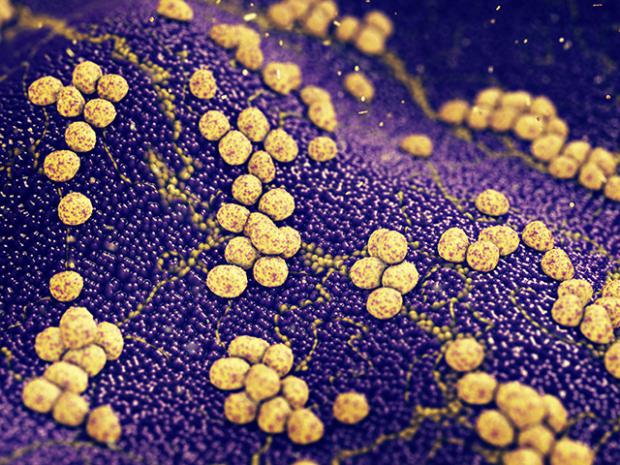
Breaking News
 BREAKING: Assault Weapons Ban Just Passed For 2026 : 10 Years Prison Who Own This!
BREAKING: Assault Weapons Ban Just Passed For 2026 : 10 Years Prison Who Own This!
 Zelensky To Trump: 'Give Me 50 Year Security Guarantee...And More Money!'
Zelensky To Trump: 'Give Me 50 Year Security Guarantee...And More Money!'
 I've Never Seen A USB-C Charger This Good!
I've Never Seen A USB-C Charger This Good!
 China Just Broke The Silver Market
China Just Broke The Silver Market
Top Tech News
 EngineAI T800: Born to Disrupt! #EngineAI #robotics #newtechnology #newproduct
EngineAI T800: Born to Disrupt! #EngineAI #robotics #newtechnology #newproduct
 This Silicon Anode Breakthrough Could Mark A Turning Point For EV Batteries [Update]
This Silicon Anode Breakthrough Could Mark A Turning Point For EV Batteries [Update]
 Travel gadget promises to dry and iron your clothes – totally hands-free
Travel gadget promises to dry and iron your clothes – totally hands-free
 Perfect Aircrete, Kitchen Ingredients.
Perfect Aircrete, Kitchen Ingredients.
 Futuristic pixel-raising display lets you feel what's onscreen
Futuristic pixel-raising display lets you feel what's onscreen
 Cutting-Edge Facility Generates Pure Water and Hydrogen Fuel from Seawater for Mere Pennies
Cutting-Edge Facility Generates Pure Water and Hydrogen Fuel from Seawater for Mere Pennies
 This tiny dev board is packed with features for ambitious makers
This tiny dev board is packed with features for ambitious makers
 Scientists Discover Gel to Regrow Tooth Enamel
Scientists Discover Gel to Regrow Tooth Enamel
 Vitamin C and Dandelion Root Killing Cancer Cells -- as Former CDC Director Calls for COVID-19...
Vitamin C and Dandelion Root Killing Cancer Cells -- as Former CDC Director Calls for COVID-19...
 Galactic Brain: US firm plans space-based data centers, power grid to challenge China
Galactic Brain: US firm plans space-based data centers, power grid to challenge China
Put a stop to golden staph infections with Indian wormwood essential oil

(Natural News) Big things do come in small packages, and unfortunately, this also applies to health problems. Bacteria may be the tiniest living organisms, but they can cause some of the worst infections on the planet. A good example of a potentially problematic infection is the golden staph infection.
Caused by the bacteria Staphylococcus aureus, this infection causes skin abscesses, boils, ear infections, and folliculitis, or inflamed hair follicles. Staph infections may also cause serious conditions like pneumonia, osteomyelitis, and endocarditis. Even prescribed antibiotics may worsen staph infection. That is why many people are now turning to natural, organic cures to address this health problem.
Traditional healers have used herbal medicine since ancient times to treat infections, and the scientific community has been extensively studying the mechanisms behind these potent natural remedies. One study, which appeared in the Journal of Essential Oil Research, highlighted the antibacterial activity of Indian wormwood (Artemisia nilagirica) essential oil against nine pathogenic strains, including S. aureus.
Researchers from India analyzed the composition of A. nilagirica essential oil using gas chromatography. Their results showed a total of 41 constituents that accounted for 95.9 percent of the essential oil's total composition:
Monoterpenoids (76.6 percent) represented by artemisia ketone (62.6 percent)
Artemisia alcohol (3.7 percent)
Perillene (3.1 percent)
Bornyl acetate (1.4 percent)
Sesquiterpenoids (16.1 percent) represented by beta-caryophyllene (3.5 percent)
Alpha-muurolol (3.5 percent)
Delta-cadinene (2.1 percent)
Germacrene D (1.8 percent)



